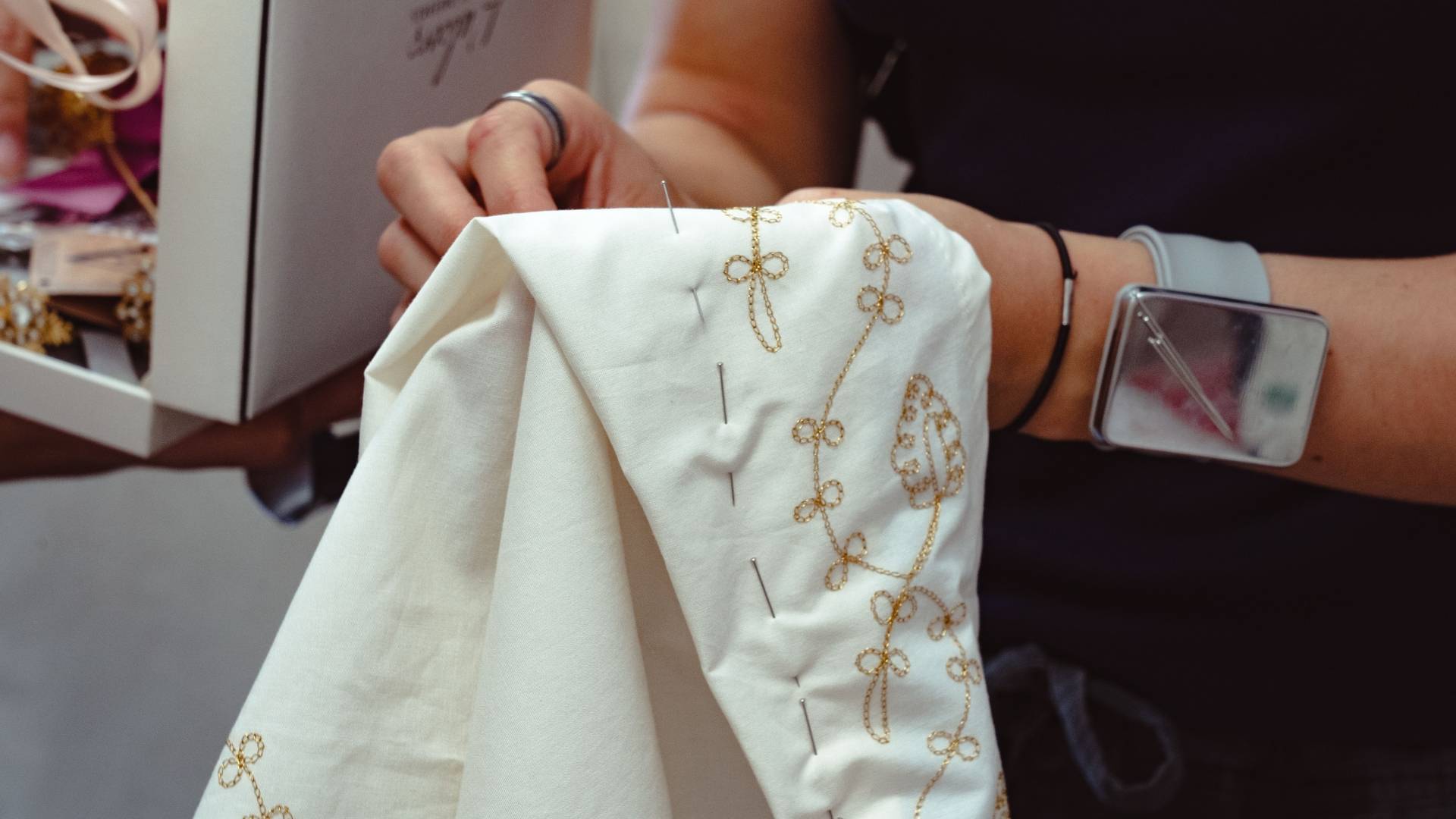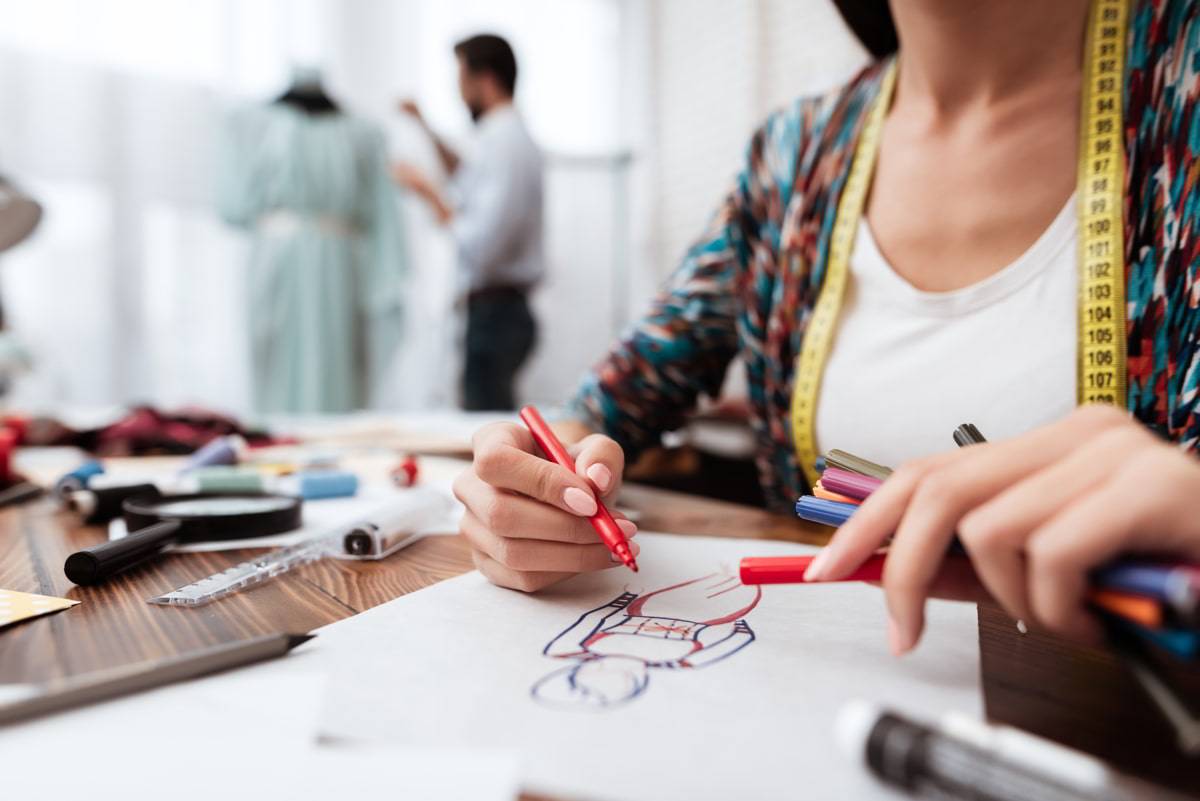What is pattern-making and what types are there?
Pattern making is a fundamental process in the world of fashion and clothing. It refers to the technique and art of creating patterns, which are templates that are used to cut the pieces of fabric from which a garment will be made. These patterns act as a guide for assembling the different parts of a garment, ensuring that the original design is translated into a final piece that fits the human body correctly.
Pattern making is key in the production of clothing, as the accuracy and skill with which the patterns are made will determine the quality, fit and final appearance of the garment. Over time, different patternmaking methods and systems have been developed, each with their own techniques and applications. In this article, we will explore what pattern making is and the different types that exist.
What is a pattern?
A pattern in the context of fashion is a two-dimensional representation of the parts of a garment. These patterns are templates that are used to cut the pieces of fabric that, once assembled, will form the final garment. Accuracy in pattern making is crucial for the garment to fit the human body correctly and for the original design to remain true to the finished garment.
The process of creating a pattern, known as patternmaking, can be complex and requires both technical skills and a good understanding of human anatomy, fabric and fashion design. Patterns can be simple, such as those used for basic garments, or very complex, such as those used in haute couture.
Types of patternmaking systems
Over time, different pattern-making systems have been developed depending on the type of garment you want to create, the market and the level of customisation required. Below, you will discover the most common patternmaking systems in the fashion industry.
1. Standard size pattern making system
The standard sizing system is one of the most commonly used in the mass production of garments. This system is based on the creation of patterns using standard measurements that represent the most common sizes in a population. These sizes are usually categorised in ranges such as small (S), medium (M), large (L), among others.
This method is very efficient for production, as it allows a large number of garments to be produced in different sizes without the need for individual adjustments for each customer. However, not all people fit perfectly into these standard sizes, which can result in garments that do not fit as well as they should.
Advantages of the standard sizing system:
We can find the following advantages:
Efficiency in production, facilitating the mass creation of garments in various sizes.
Cost reduction, no need to adjust each garment individually, which saves time and money.
Uniformity, establishing a standard that makes it easier for the public to buy clothes.
Disadvantages of the standard sizing system:
We can find the following disadvantages:
- Limited fit, garments may not fit everyone perfectly.
- Less customisation, fewer options to adapt to the particularities of each individual's body.
2. Tailoring system
The bespoke pattern making system is the most personalised method, as each pattern is created specifically for an individual's exact measurements. This system is common in haute couture and luxury garment making, where perfect fit is paramount.
The process begins with taking detailed measurements of the customer. A unique pattern is then created to reflect these measurements, ensuring that the final garment fits perfectly.
Advantages of the bespoke pattern making system:
Some of the advantages of this pattern making system are:
- Perfect fit, each garment adapts exactly to the customer's body.
- Exclusivity, it offers a unique and personalised garment.
- High quality, greater control over every detail and fit of the garment.
Disadvantages of the made-to-measure system:
On the contrary, it presents other disadvantages:
- Longer production time, it requires more time compared to mass production.
- High cost, the process is more expensive due to the customised work.
3. Pattern making by transformation system
The transformation pattern making system is a technique that uses a base pattern, which is modified to create different designs and styles. This system is very flexible and allows the creation of a wide variety of garments from an initial pattern.
For example, a base pattern of a shirt can be transformed into multiple versions by altering the length, type of collar, sleeves, or by adding details such as pockets or pleats. This method is very popular with designers who want to experiment and create new collections.
Advantages of the transformation pattern-making system:
The advantages of this system are as follows:
- Versatility, allowing multiple designs to be created from a single pattern.
- Creativity, ideal for designers looking to innovate and experiment with different styles.
- Efficiency, it saves time by not needing to create completely new patterns for each design.
Disadvantages of pattern making by transformation:
On the other hand, some of the disadvantages are:
- Complexity, it requires advanced pattern making skills to make accurate modifications.
- Possible errors, incorrect modifications can affect the fit and quality of the garment.
4. Digital patternmaking system
The digital patternmaking system is an innovation that has revolutionised the fashion industry. It uses specialised software to create and modify patterns in a digital environment, allowing for greater accuracy, flexibility and efficiency in the design and production process.
Digital pattern-making software, such as Shima Seiki or Clo3D, allows designers to visualise and adjust patterns quickly and accurately. In addition, digital pattern making makes it easy to simulate how a garment will look on a 3D avatar, allowing adjustments to be made before cutting the fabric.
Did you know that at UDIT we have a Shima Seiki with which our students develop their projects?
Advantages of the digital pattern-making system:
The main advantages of this system are:
- High precision, digital patterns are extremely accurate and easy to adjust.
- Speed and efficiency, it facilitates the creation and modification of patterns, saving time.
- Visual simulation, it allows you to see how the garment will fit and look before it is made.
Disadvantages of the digital pattern-making system:
The main disadvantages of this system are:
- Learning curve, requires specific training in design software.
- Initial cost, the acquisition of software and hardware can be expensive.
UDIT is the benchmark private university in the fashion sector withextensive experience in training in the Degrees in Fashion Design or Fashion Management and Communication and the Official Master's Degree in Fashion Design.
If what you are looking for is training from scratch, in our university degrees you can learn for four years to work in all the areas that make up fashion (design, cutting, tailoring, pattern making, styling, fabrics and photography) with tools, programmes and trends that are used in the industry .
On the other hand, if you are looking to deepen or reorient your professional career towards this industry in our Master in Fashion Design, you will be able to train in a programme that combines art, design, technology and business strategy.
Do you want to know more about why these courses are the best option to work in the best fashion companies in the world?
Find out more
6 fashion training courses you should know about









